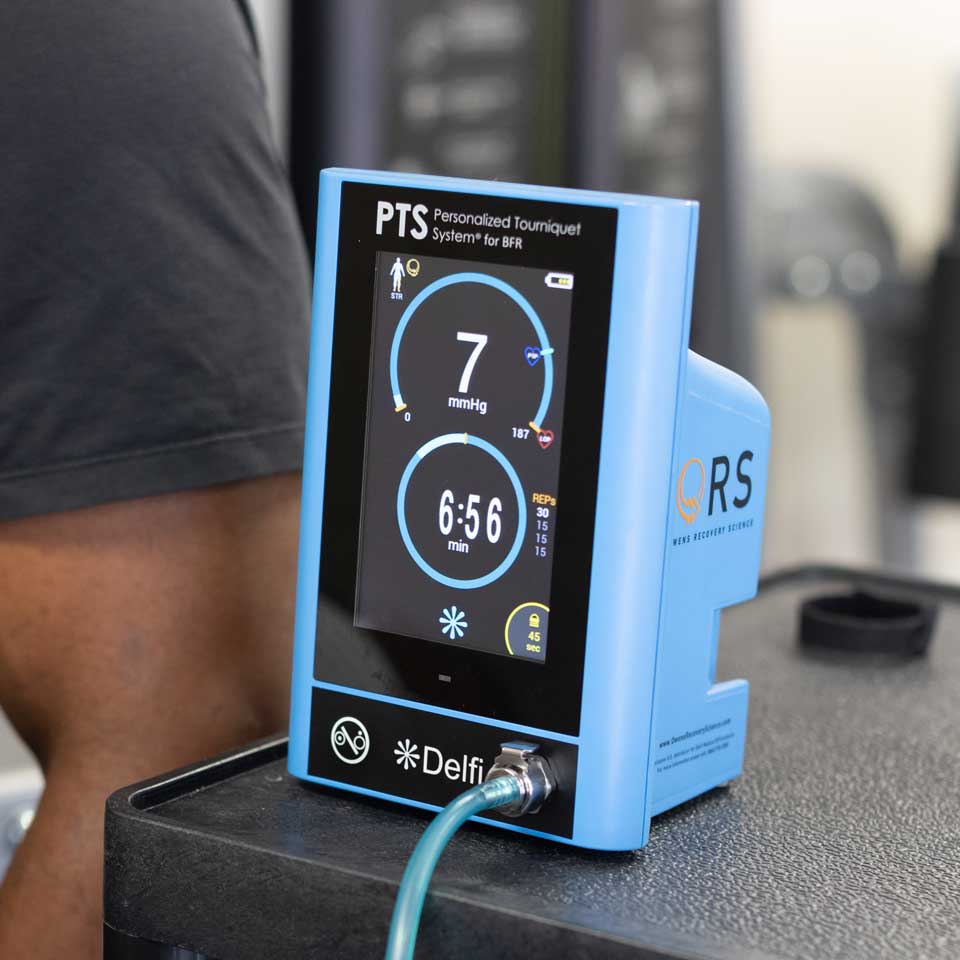Blood Flow Restriction Training (BFR): Enhance Your Rehabilitation and Strength Gains at One on One Physical Therapy
Blood flow restriction training (BFR), also known as KAATSU or occlusion training, is a cutting-edge training technique that restricts blood flow into and out of working muscles during exercise. This innovative approach has gained significant popularity within the rehabilitation and strength training community due to its remarkable ability to promote rapid tissue healing and achieve substantial strength gains while performing low-intensity exercise.
Originally researched and used to rehabilitate injured U.S. soldiers, BFR has now become an essential modality for athletes, individuals recovering from surgery, and those seeking to improve their overall fitness.
Understanding Blood Flow Restriction Training (BFR)
What is Blood Flow Restriction Training (BFR)?
Blood Flow Restriction Training involves the use of a specialized pressurized cuff that is placed on one or more extremities to partially restrict arterial blood flow into the limb while significantly limiting venous blood flow out of the limb during exercise. This restriction creates a pooling of blood within the occluded area, mimicking the physiological and biochemical responses associated with high-intensity exercise, even though the exercises are performed at low intensity.
The Science Behind BFR
Research has shown that BFR effectively increases blood lactate volumes compared to normal low-intensity exercise. This increase in lactate acts as a potent stimulus for muscle growth and repair, as it encourages the body to release hormones such as growth hormone and insulin-like growth factor (IGF-1). These hormones play a crucial role in tissue regeneration, muscle strength, and size development, making BFR an invaluable tool in both rehabilitation and strength training.
How Does BFR Work?
The mechanism behind BFR is based on the body’s natural response to exercise. When the cuff is applied and pressure is adjusted to the individual’s needs, it creates an environment within the muscle that encourages the body to respond as if it is undergoing high-intensity training. This response includes the release of key chemicals and hormones that stimulate tissue healing, muscle growth, and strength development.
Here’s how BFR works:


What Does Blood Flow Restriction Look Like?
A typical BFR session involves the following steps:
Is Blood Flow Restriction Safe?
Personalized BFR training is generally safe when conducted under the guidance of trained professionals. However, there are specific medical conditions that may contraindicate its use, including:
It is essential to consult with a healthcare provider or physical therapist to determine if BFR is appropriate for your individual circumstances.
What Diagnoses is Blood Flow Restriction Commonly Used For?
BFR is a versatile training technique that can be used to address various conditions and support rehabilitation. Some of the common diagnoses and conditions that benefit from BFR include:
